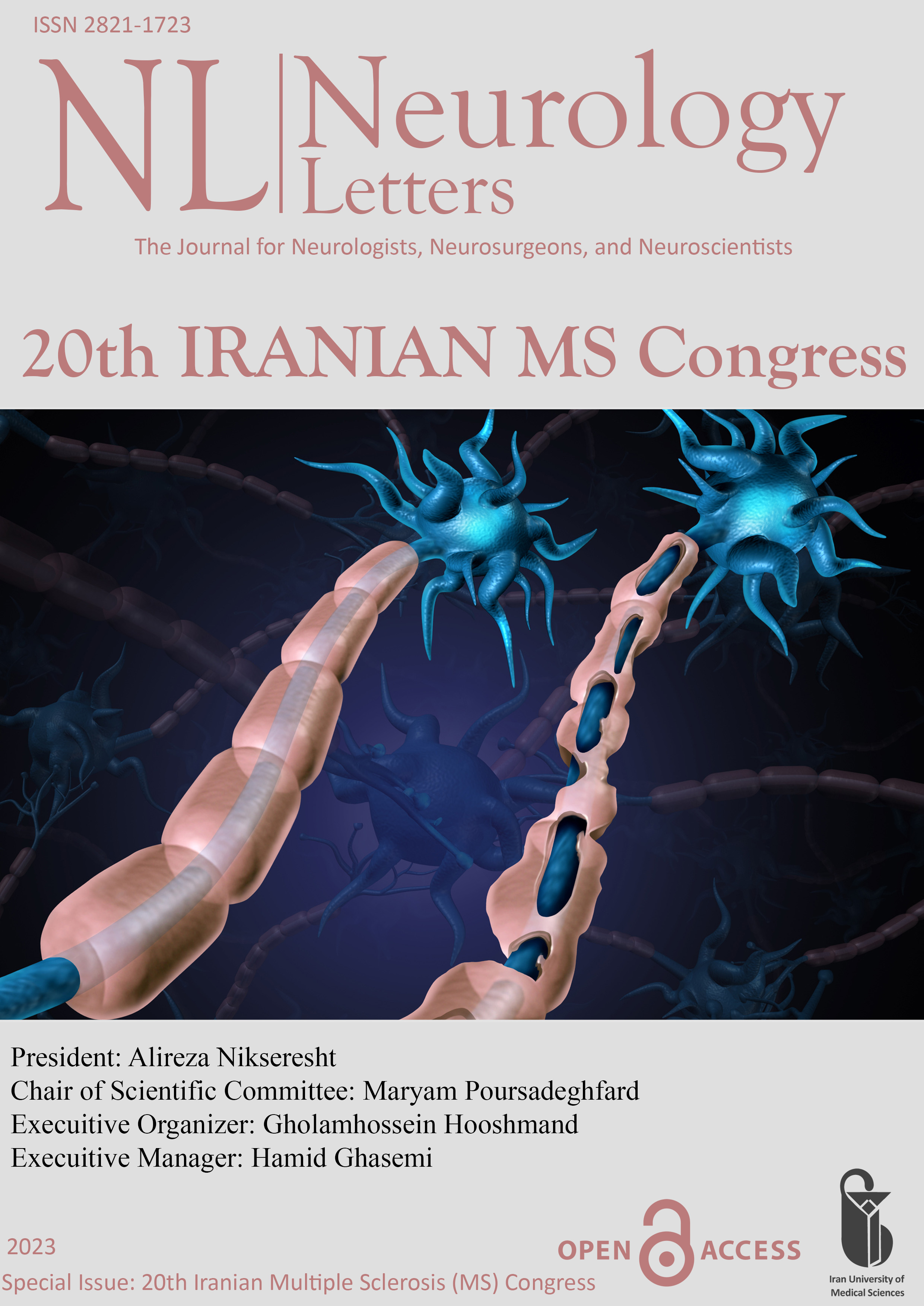Diagnostic approach to autoimmune encephalitis (ORP-15)
Document Type : Oral Presentation
Author
Neurology Research Center, Kerman University of Medical Sciences, Kerman, Iran
Abstract
Autoimmune encephalitis is the commonest form of non_infectious encephalitis. It occurs secondary to three groups autoantibodies targeting neural epitopes like: neuronal cell surface proteins (e.g., as NMDAR, LGI1, and CASPR2, GABABR and AMPAR, Synaptic antigens: GAD65 and also amphiphysin , intracellular antigens (onconeural antigens such as anti-Hu, ant-Ri, and anti-Ma which is mostly related with the presence of an underlying malignancy. The diagnosis can be challenging. Consequently, clinical algorithm was developed in 2016 to find patients with rapidly progressive autoimmune encephalitis (<3 months) who need immediate treatment. Possible Diagnosis can be carried out when all of the three requirements of the mentioned criteria are satisfied after that clinical and paraclinical assessment (MRI, electroencephalography, or Cerebrospinal fluid (CSF) analysis for pleocytosis and autoantibodies) are finally led to the diagnosis. Note that for a significant number of patients with suspected autoimmune encephalitis, despite strong evidence of an immune-mediated disorder (e.g. compatible brain MRI, inflammatory CSF profile), no autoantibody can be found. Moreover, immediate treatment avoiding waiting for antibody results can lead to good outcomes, and seronegative autoimmune encephalitis criteria were explained. In this article, we review these criteria and the clinical and Para clinical diagnostic approach to seronegative and seropositive autoimmune encephalitis.
Keywords
 Neurology Letters
Neurology Letters
